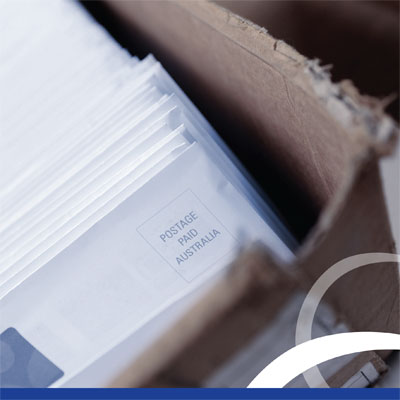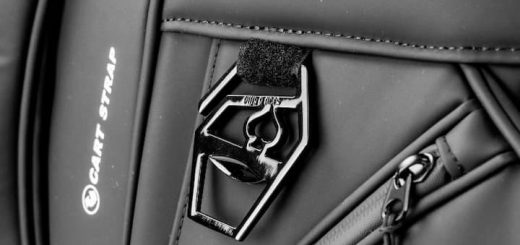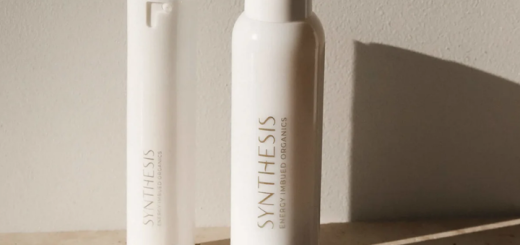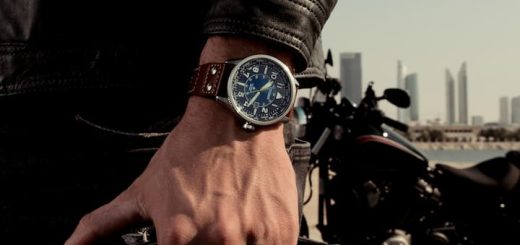How to Choose the Right Men’s Work Shirt for Comfort, Durability, and Performance
In every industry, safety on the job is a top priority, and the clothing you wear plays a bigger role than you realise. The right shirt helps you look professional, provides protection, enhances comfort, and helps maintain focus throughout long shifts. Choosing wisely can make a difference to health, efficiency, and overall performance. It’s essential to know what to look for, especially in workplaces with strict safety standards.
Workplace Safety
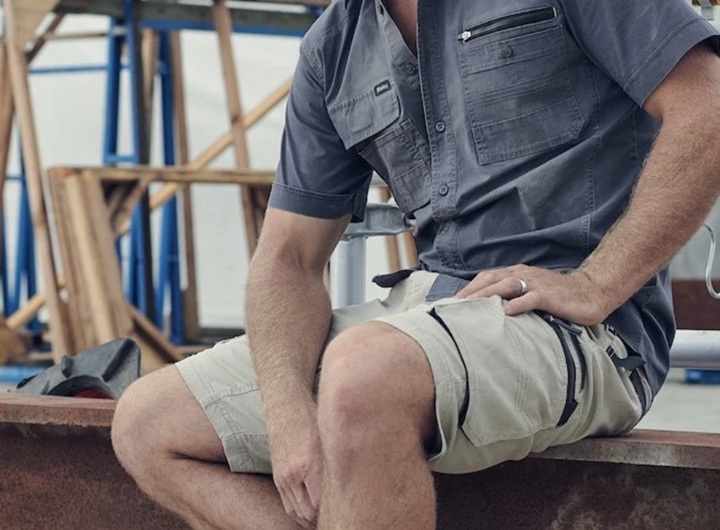
When it comes to safety, having the right workwear shirts for men is a necessity. Your team’s gear should handle tough or hazardous conditions. Workplace standards set out general performance requirements for protective clothing. Standards for high-visibility gear help companies pick apparel that keeps everyone both safe and comfortable. These guidelines ensure that uniforms protect against obvious risks and hold up under demanding conditions without wearing out too quickly.
For example, visibility is crucial in areas with heavy machinery, while thermal protection is essential for those working outdoors or in cold storage environments. In places where chemicals are involved, garments need to resist spills and exposure. And of course, durability and comfort go hand in hand. Clothes should last while still allowing your team to move freely and stay comfortable throughout the day. Uniforms that meet these standards help create a safer, more efficient environment and prevent accidents before they happen.
Key Fabrics
The material you pick plays a huge role in both safety and comfort. The right fabric depends on the kind of job you’re doing and the hazards you might face, but some materials stand out as top choices:
- Cotton: Among the top choices are comfortable men’s work shirts like those made of cotton and cotton blends. This material is often a favourite because it’s soft, breathable, and perfect for hot conditions. It allows air to circulate, keeping you cool throughout a long shift. However, plain cotton isn’t ideal for environments with sparks or flames unless it’s treated for fire resistance.
- Polyester: These fabrics are tough, quick-drying, and resistant to water, making them great for physically demanding jobs. They can handle sweat and heavy use, though they need special fire-resistant treatment if you’re working around heat or sparks.
- Flame-resistant fabrics: These are essential in fields with fire or electrical hazards. For example, welding involves sparks, hot metal, and sometimes open flames, so regular garments won’t cut it. Look for garments that meet protective clothing standards, as they’re designed to resist catching fire and prevent it from spreading.
- High-visibility materials: These men’s work shirts Au wide are key for construction or roadwork, often brightly coloured or reflective to meet standards. For industries like food service or healthcare, antimicrobial and moisture-wicking fabrics keep you dry, fresh, and protected from germs.
Work Shirt Types
What type of shirt is best for physical work? When choosing a men’s work shirt type, one size doesn’t fit all. Depending on the job, the right garment can make a huge difference in both comfort and safety. Here’s a quick rundown of some common types you might want to consider:
- Standard shirts: Usually made from cotton or rayon, these garments are perfect for light-duty tasks. They’re breathable and comfortable, but not designed for environments with fire, chemicals, or sharp objects.
- Fire-resistant garments: Essential for anyone in welding, oil and gas, or electrical work, FR men’s work shirts are treated to resist flames and stop sparks from spreading. Long sleeves and quality fabric ensure full-arm protection, and it’s important to choose designs that meet recognised fire-resistance standards.
- Tops with reflective strips: For work in low-light or high-traffic areas, high-visibility garments with reflective strips can be a lifesaver. They help you stay visible on building sites, roadwork, and in logistics.
- Chemical-resistant tops: These are designed for labs, factories, or anywhere hazardous chemicals might be present. Paired with gloves and face shields, they protect against dangerous splashes.
- Tops for cold weather: Insulated uniforms keep you warm while letting you move freely, which is perfect for outdoor work or cold storage environments.
- Moisture-wicking and antimicrobial shirts: Ideal for hot conditions or hygiene-sensitive jobs, these clothes help keep the body dry and prevent germs and odours from building up.
Finding the Right Fit
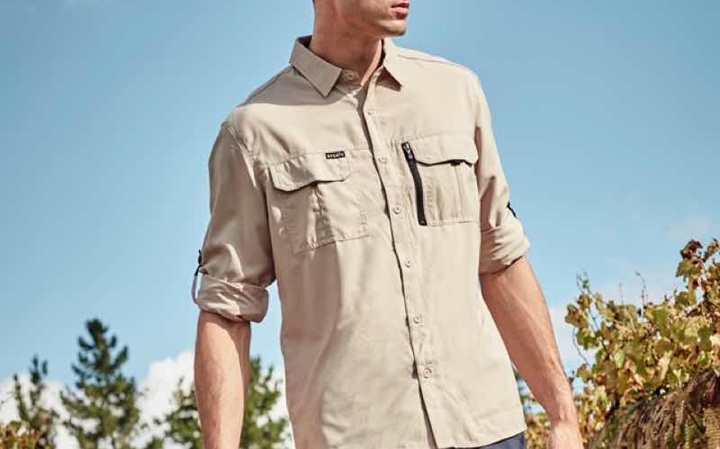
Getting the fit right is a key part of staying safe on the job. Workwear shirts for men that are too snug can make it hard to move freely, while anything too loose risks catching on tools or machinery. Pay attention to how the uniform moves with you, especially in areas like the shoulders and elbows, where extra flexibility can make a big difference.
Breathability is another factor to consider, particularly if you’re working in hot conditions or doing physically demanding tasks. And if you need to layer up in colder environments, make sure your clothing works well underneath jackets or vests without feeling bulky.
Shopping for Specific Industries
Choosing the right clothing for the job depends a lot on the industry you’re in. Construction and roadwork demand high-visibility tops that make you easier to spot and stand up to tough outdoor conditions. In manufacturing or industrial settings, flame-resistant or chemical-resistant materials are essential, and breathable fabrics help keep you comfortable during long shifts.
For those in electricity or utilities, shirts that protect against heat and electrical arcs are a must. Healthcare and food processing workers benefit from moisture-wicking, antimicrobial fabrics that stay clean and fresh all day. And in oil and gas, fire-resistant clothing is non-negotiable, with strict safety standards to follow.


